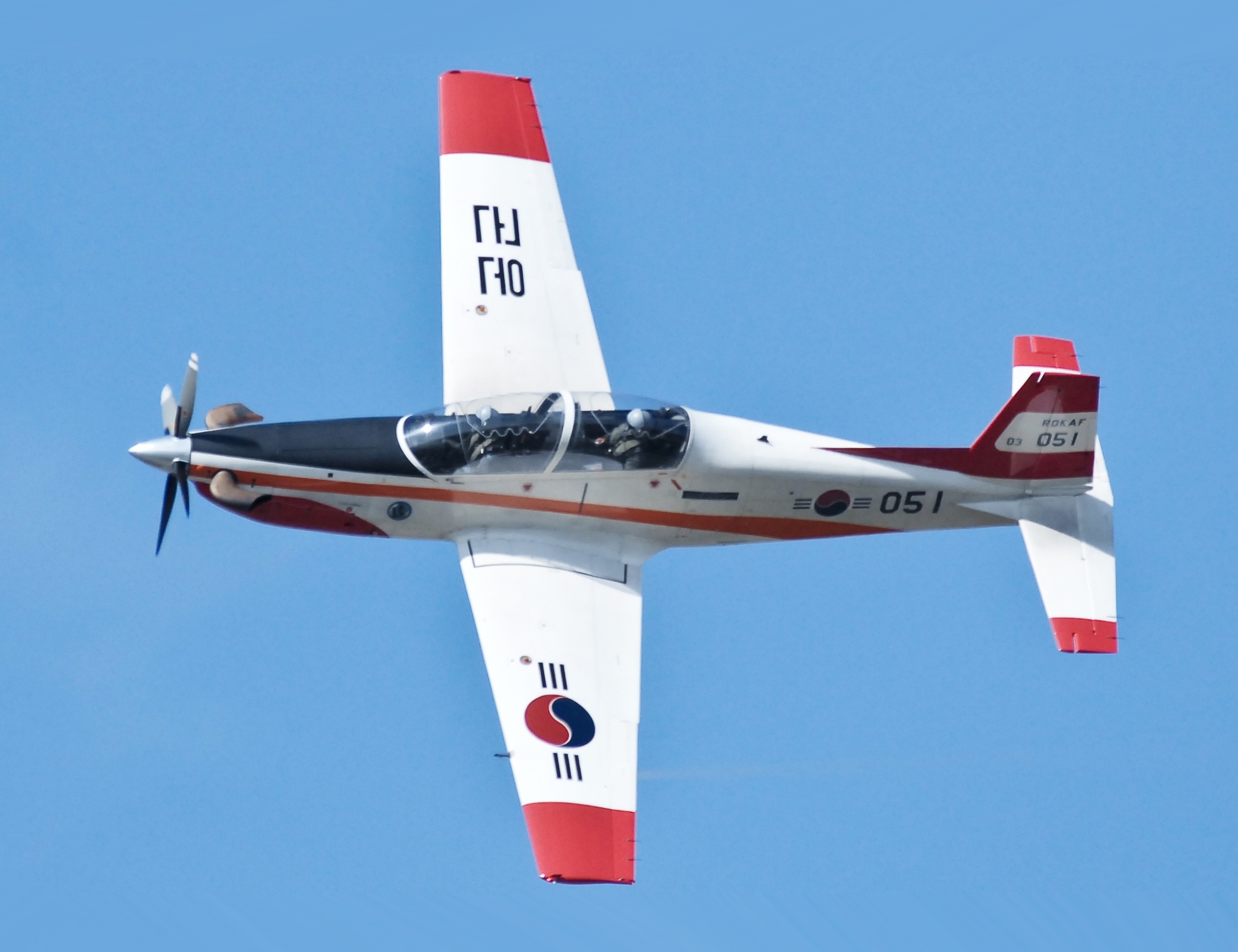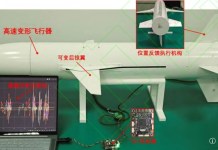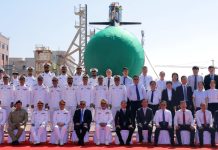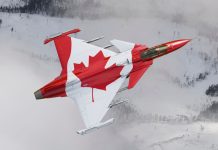In a broad daylight tragedy, four pilots were killed in a mid-air collision of two KT-1 trainer jets in South Korea on Saturday afternoon.
The crash happened about 6 km (3.7 miles) south of the KT-1 airplane base in the southeastern city of Sacheon, at about 1:37 pm (0437 GMT), the air force said. The ill-fated aircraft crashed in a largely agricultural area without any civilian casualties around 440 km southeast of the capital Seoul.
“Despite their attempts at an emergency escape … all of the two student pilots and two flight instructors aboard the two planes died,” the air force said in a statement.
A team has been formed to determine the cause of the accident and damage caused in a residential community, added the air force. While the report is awaited, photos published by the South Korean News Agency Yonhap showed smoke rising from a mountain and one car shattered by fragments of the aircraft while parked in front of a farmhouse.
Built jointly by Korean Aerospace Industries (KAI) and the Agency of Defense Development (ADD), KT-1 is a single-engine basic trainer or light attack aircraft which features a glass cockpit with tandem seating for two crew members (student pilot and instructor).
The victims of the Saturday horror were two student pilots and two instructors of the Republic of Korea Air Force. As many as 130 troops, 95 police officers and 60 firefighters as well as three helicopters took part in the rescue operations, reported Reuters, citing the Yonhap news agency.

According to reports, this is not the first a KT-1 jet has been involved in a major accident. KT-1 had crashed into the Aegean Sea last year on 9 April. However, the pilots managed to escape from the crashed aircraft and were recovered by the Turkish Air Force.
The second April mishap happened on 1 April 2022 after a pair of KT-1s crashed into each other over a mountain northeast of Sacheon.
10 Key Facts About KT-1 Trainer Jets
- The trainer jet, though introduced in 2000, had its maiden flight in November
- It is the first native aircraft developed to meet the requirements of the Korean Air Force
- About 92 KT-1 aircraft are currently operational worldwide
- It is available in five variants: KTX-1 Yeo-Myung, KA-1, KT-1B, KT-1C and KT-1T
- About six aircraft have been built to date
- It can climb at a rate of 1,067m/min
- The maximum and cruise speeds of the aircraft are 648km/h and 500km/h respectively
- The aircraft can loiter in the air for up to five hours
- It was manufactured using a computer-aided 3-D interactive application
- In 2010, South Korea had made a deal to provide 60 KT-1s to the Indian Air Force for training
Reason For Mid-Air Collisions?
According to the US Federal Aviation Administration (FAA), a near mid-air collision is defined as an incident in which two aircraft are less than 500 feet apart or that a pilot or crew member felt like a hazard existed.
Most of the time, the aircraft involved in mid-air collisions are small personal aircraft or military flights, or larger civilian aircraft as the air traffic control board monitors them strictly.
According to the Air Safety Foundation (ASF) data, 45% of mid-air collisions occur while planes are in a traffic pattern, with two-thirds of all collisions happening when the aircraft is on final approach or over the runway. This means, that over 80 percent of all mid-air collisions occur when one plane tries to overtake another.
The FAA has also stated that while flying it is easy for a pilot to develop empty-field myopia—where the lack of surrounding objects to focus on, leads to the eyes not focusing on anything, even if it does enter the field of vision.
Another common issue for pilots is tunnel vision, where objects in peripheral vision are ignored. Additionally, environmental effects such as glare from the sun or flying over a densely populated area with lots of buildings can camouflage a nearby aircraft until an accident is unavoidable.
Experts also say, in most cases, at least one pilot could have seen the approaching aircraft in time to avoid a mid-air collision. However, it should be remembered that no pilot or plane is immune, and with aircraft zooming at high speeds, it can be difficult for the pilots to respond in time to prevent an accident.
According to Jacob Philip, an aviation analyst based in Doha, Qatar, this is not the first time a KT-1 jet has been involved in a major accident. Citing Aviation Safety Network’s wiki database, he told EurAsian Times that there had been six accidents involving this trainer aircraft (KAI KT-1) between 2003 and 2022 worldwide. Of them, two were mid-air collisions, two during landing and the other two happened during take-off.
To prevent this kind of mishap during training, Philip said, “The common thing here is the flaps, which are the moving parts on the wings and tails of aircraft that make all the movements of the aircraft while on flight possible.
And any late or faulty movement of the flaps can result in accidents. So, the militaries around the world which use this aircraft to train their young men should better watch the flaps and the mechanism that controls them more closely.”
How Passenger Flights Avoid Mid-Air Collisions
Traffic Collision Avoidance System (TCAS) has been made mandatory in the United States and Europe. No passenger aircraft can operate if they do not have the TCAS in the US and Europe.
The International Civil Aviation Organization has mandated that all passenger aircraft that carry 10 or more passengers must be fitted with TCAS.
The TCAS is a radio system that alerts pilots when two aircraft come closer, and then the voice recorder in the cockpit says, “Traffic, Traffic,”. It also tells the plane’s altitude direction and airspeed. But it cannot tell the pilot either to descend or ascend the aircraft to avoid the collision. It helps the pilots to avoid an unsafe situation if the flight speed is under control.
According to a safety study conducted by BEA on mid-air collisions that occurred in France between 1989 and 1999, all the collisions occurred in the daytime, in good weather conditions, most often at low altitudes, and in zones with heavy traffic.
Most took place in uncontrolled airspace or at uncontrolled aerodromes. And finally, radio use was not optimal. However, it is too early to conclude the reason for the Sacheon mishap, as the report is yet to be revealed by the South Korean authorities.
- Penned By Nazeem Beegum
- Contact the author at: nazeem.beegum@gmail.com
- Follow EurAsian Times on Google News




